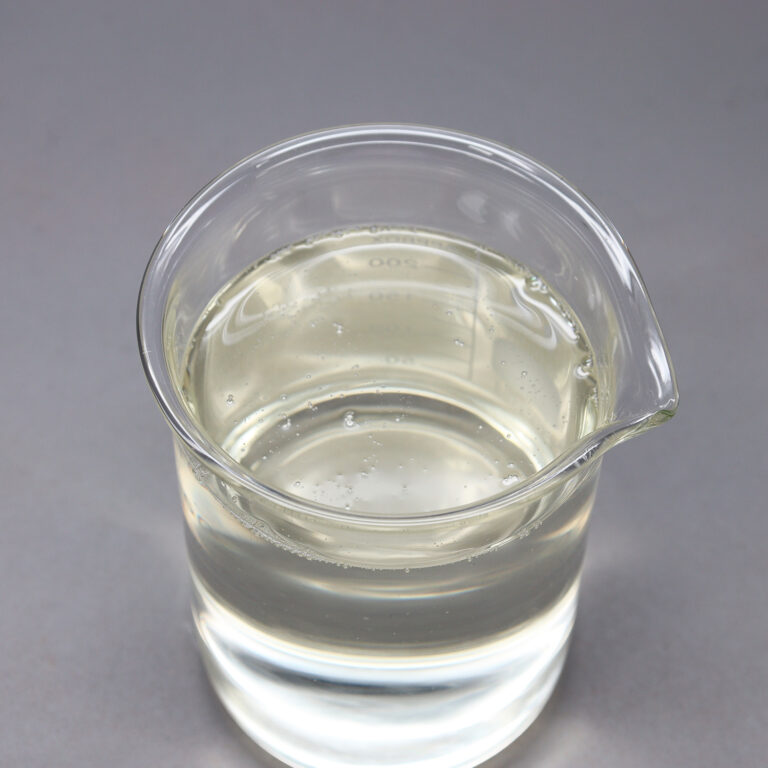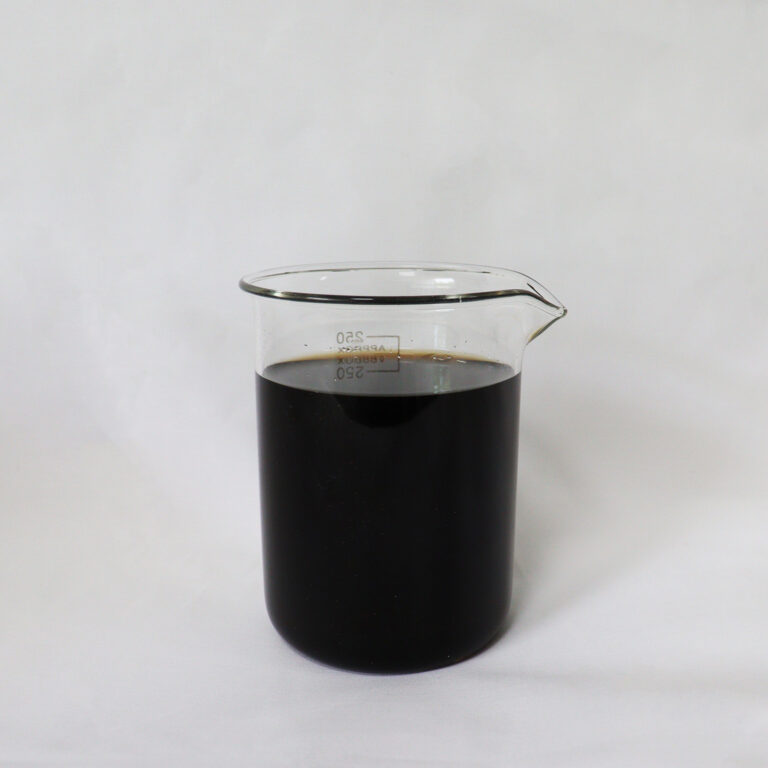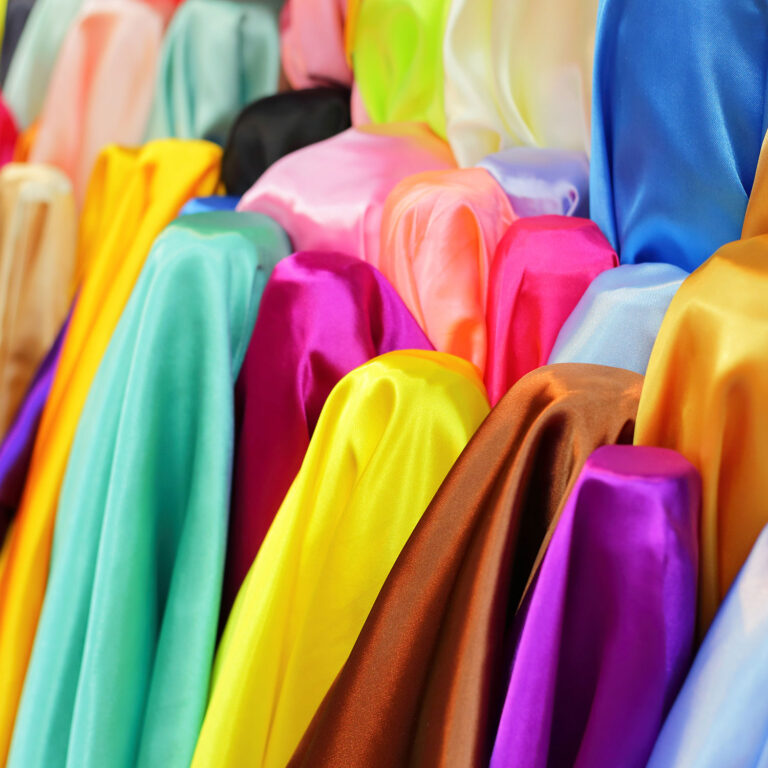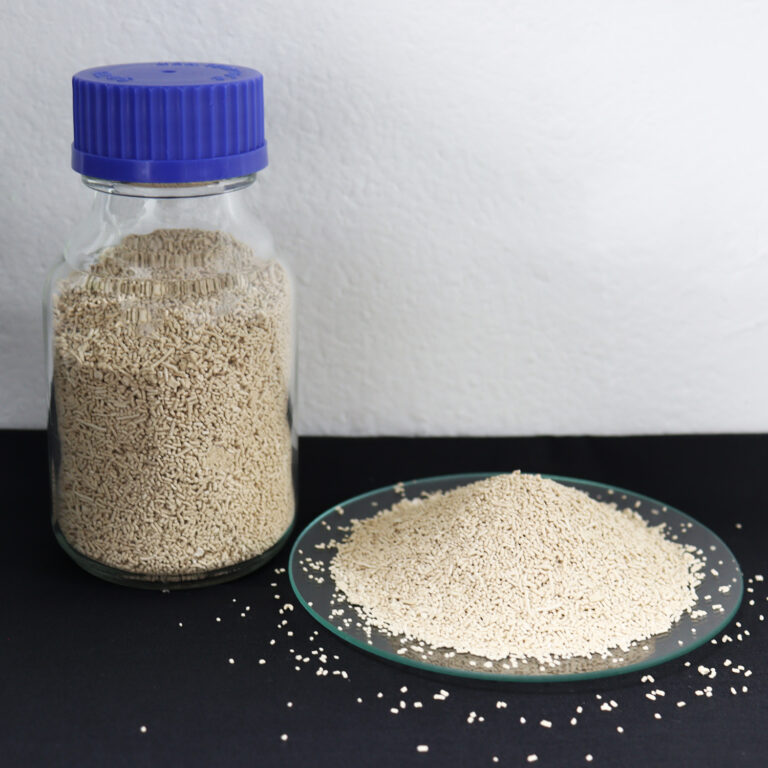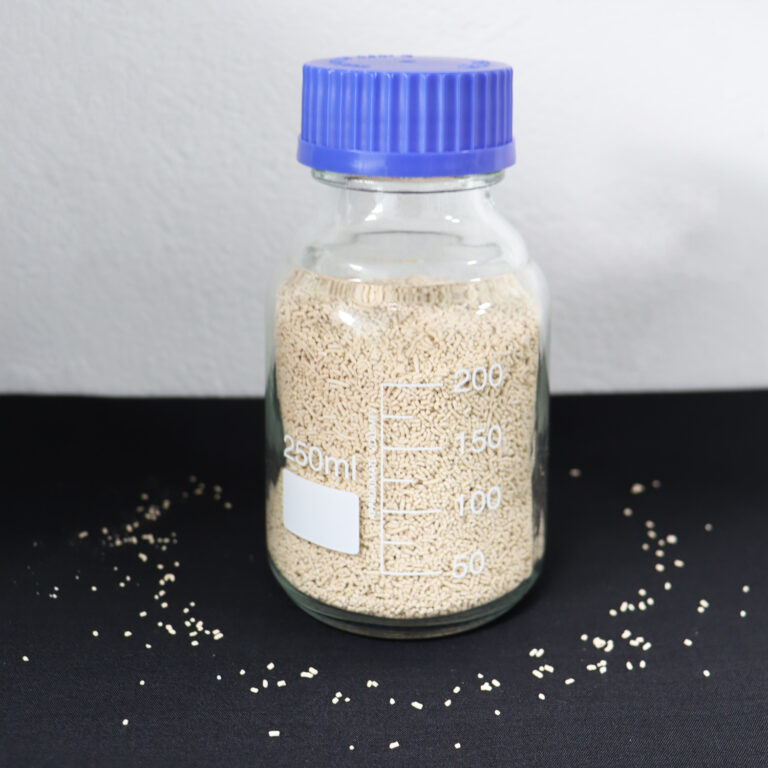In the competitive world of textile finishing, achieving superior fabric softness and production efficiency is crucial for garment manufacturers. Silicone softening beads—an advanced form of silicone-based textile softeners—have emerged as a transformative solution that delivers both exceptional handfeel and operational advantages. In this article, we explore how silicone softening beads work, their key benefits, and why more apparel factories are adopting them in large-scale production.
What Are Silicone Softening Beads?
Silicone softening beads are high-performance textile softeners formulated as microbeads or granules, typically containing amino-modified silicone polymers. Unlike conventional liquid softeners, these beads offer controlled release, improved shelf life, and more precise dosage in textile processing.
They are engineered to penetrate textile fibers during the finishing stage, forming a smooth, lubricating layer that imparts a silky, luxurious touch to the fabric. Their compatibility with a wide range of fabrics—including cotton, polyester, viscose, and blends—makes them a popular choice in the garment industry.


Benefits of Silicone Softening Beads
1. Superior Fabric Softness and Handfeel
Silicone softening beads are known for their excellent tactile performance. They enhance fabric softness, drape, and smoothness without affecting the original color or structure of the fabric.
2. Enhanced Process Efficiency
Beads are easy to store, transport, and dose. Their solid form reduces the risk of spills and contamination, improving workplace cleanliness and reducing waste. During production, they can be uniformly dispersed, ensuring consistent results across large batches.
3. Heat and Shear Resistance
Compared to some traditional softeners, silicone softening beads exhibit high thermal and shear stability, making them ideal for high-speed finishing processes.
4. Long-Lasting Softness
Their durability ensures that fabrics retain softness after multiple washes, which adds value to finished garments and boosts consumer satisfaction.
5. Eco-Friendly Options Available
Modern silicone bead formulations are available in low-VOC and APEO-free options, aligning with the sustainability goals of responsible textile manufacturers.
Applications in Textile Production
Silicone softening beads are widely used in:
- Knitwear and activewear finishing
- Denim and garment washing processes
- Home textiles such as towels, sheets, and curtains
- Blended fabric finishing (poly/cotton, poly/viscose)
Their ability to deliver a consistent, soft touch makes them a preferred solution for manufacturers aiming to elevate the quality of their fabrics.
Partner with Meixin Biotech
At Meixin Biotech Co., Ltd., we specialize in advanced silicone softening solutions tailored to the textile industry. Our silicone softening beads are designed to meet the evolving needs of apparel and home textile manufacturers, offering both quality enhancement and process reliability.
We provide customized silicone softener solutions for various fabric types. Feel free to reach out for samples, technical sheets, or expert consultation at connie.huang@meixinbiotech.com.
Softening Auxiliaries Articles
How Fabric Softener Flakes Improve Hand Feel in Garment Finishing
Silicone Softener Beads vs. Emulsions: Pros and Cons for Textile Finishing
Softergent Flakes vs. Liquid Softeners: Which Should You Use?
Top 5 Applications of Silicone-Based Softeners in Modern Textile Processing
How Silicone Softening Beads Improve Fabric Feel and Process Efficiency
Silicone Fabric Softener vs. Traditional Softeners: Which Is Better?
What Is a Silicone Softener for Textiles? Benefits, Types & Applications
Understanding Fabric Softener Flakes: Types, Usage & Key Advantages
Does Silicone Softener Affect Color Fastness? Application Tips for Garment Dyeing
How to Apply Silicone Fabric Softeners in Dyeing & Finishing Processes
Where to Buy High-Quality Silicone Softener for Textiles (2025 Guide)
How to Choose the Right Silicone Fabric Softener for Cotton, Polyester & Blends
Top Exporters & Manufacturers of Silicone Softening Beads in China
Understanding Fabric Softener Flakes and Their Role in Textile Care
Is Bead-Type Softener Suitable for Export? 5 Key Questions + Packaging, Storage & Transport Tips
5 Key Questions to Ask Before Buying Silicone Softeners for Garment Production
How High-Concentration Softeners Help Garment Factories Reduce Production Costs
Bead vs. Liquid Silicone Softeners: Which Is Better for Mass Fabric Processing?
Eco-Friendly Silicone Fabric Softeners: Are They Worth the Switch?
FAQs About Silicone Softener for Textiles: Everything Importers Need to Know


